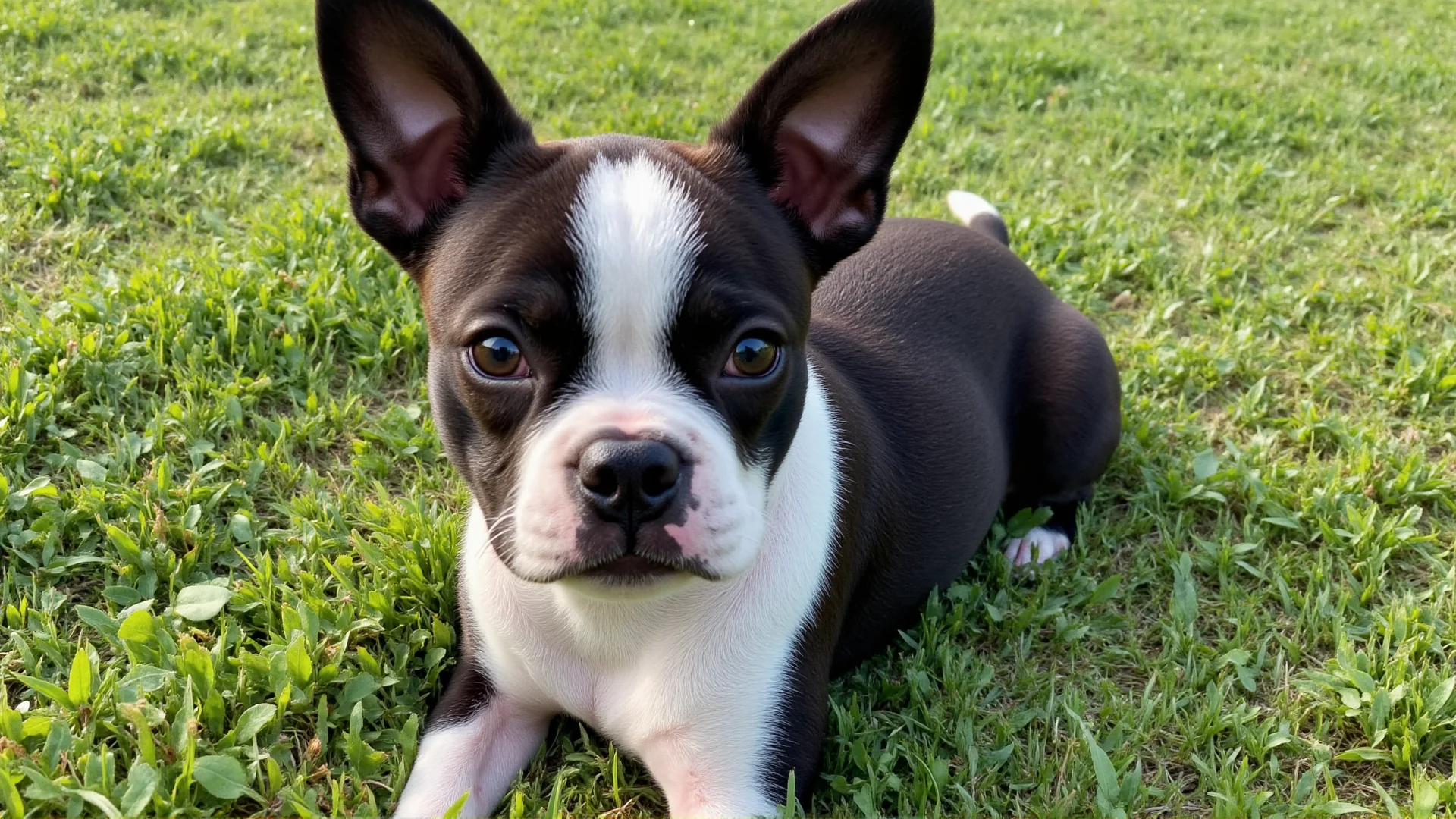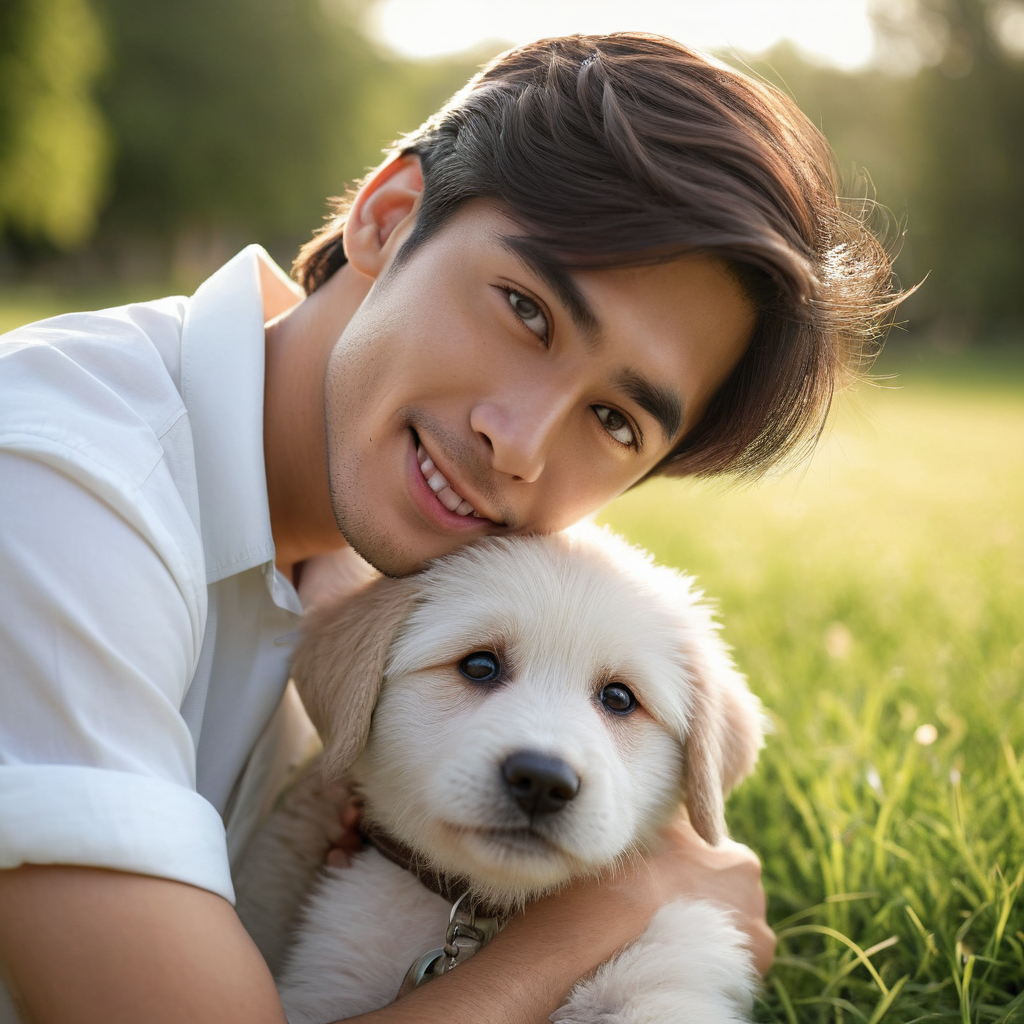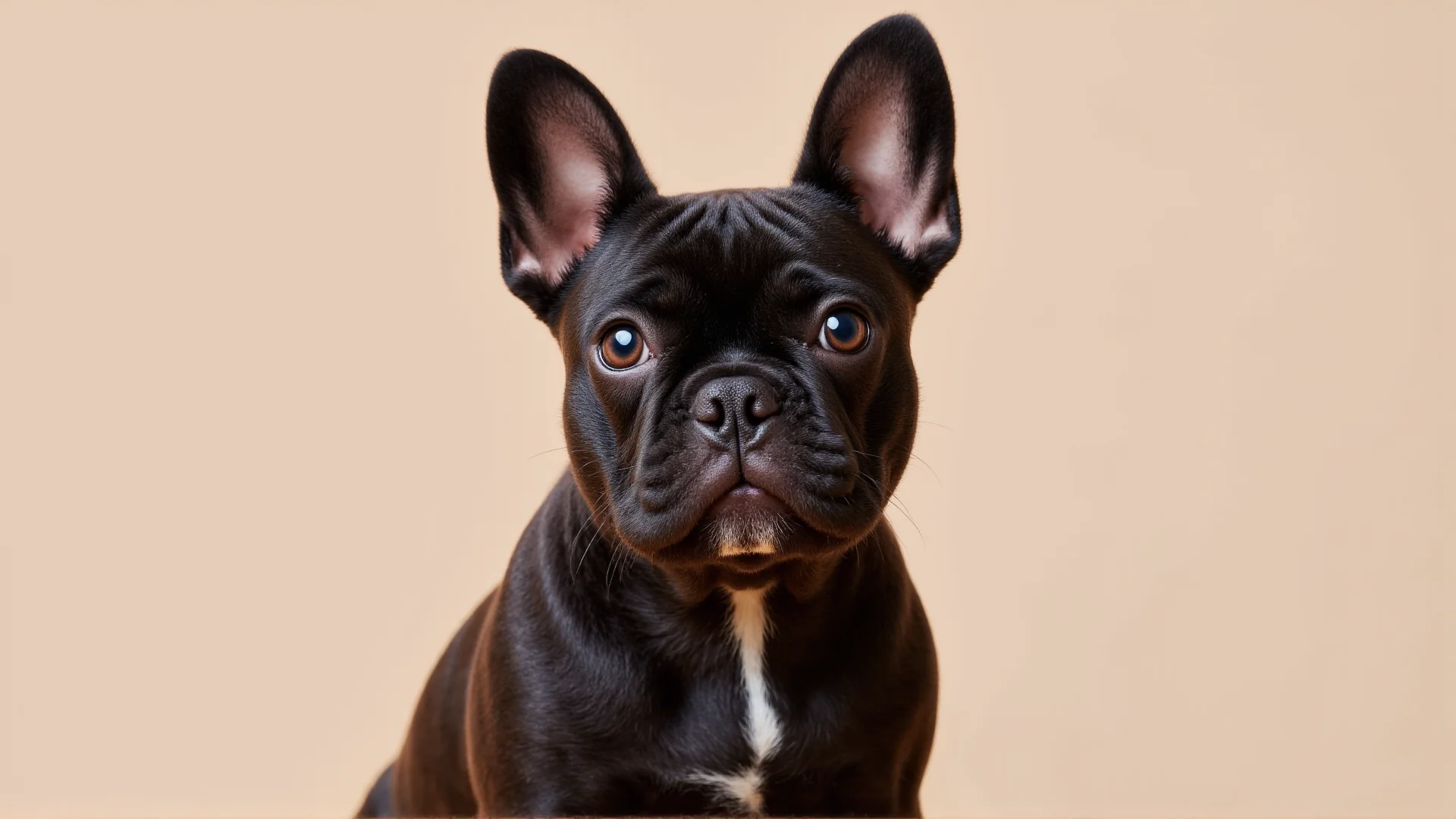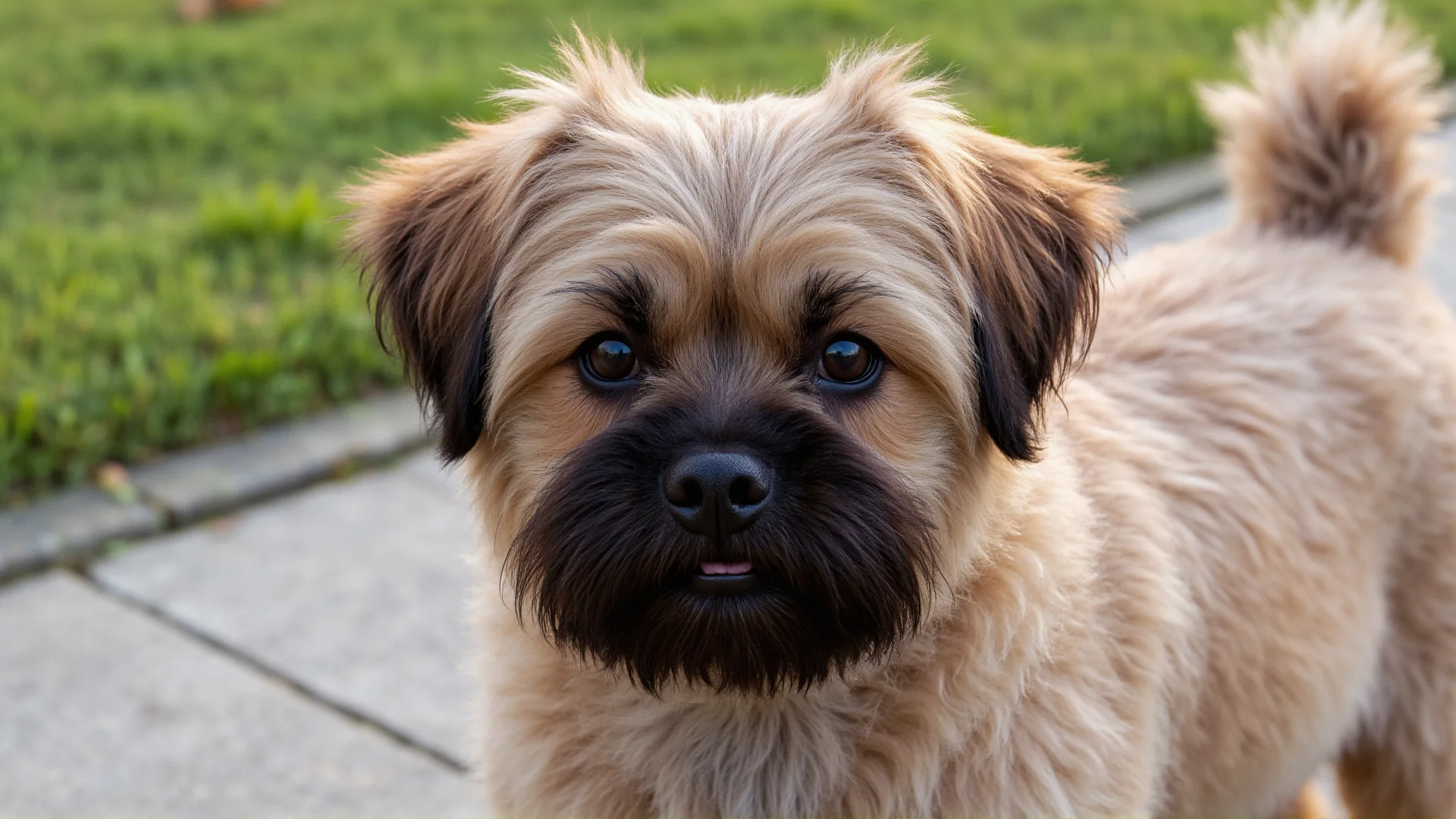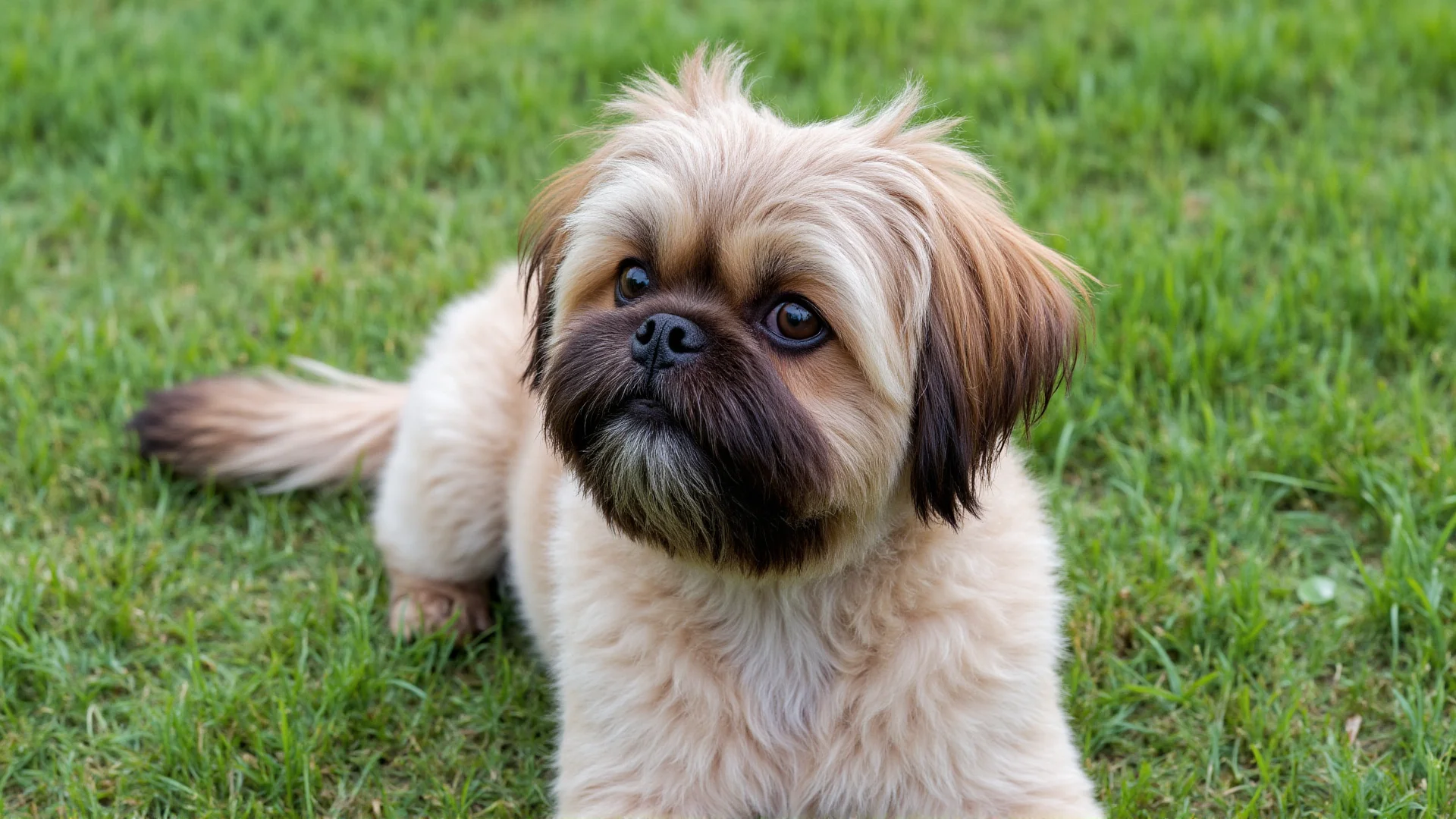Boston Terrier: The Perfect Urban Companion for City Living
With their compact size, adaptable nature, and charming personality, Boston Terriers have earned their reputation as one of the best breeds for urban living. If you're considering adding a Boston Terrier to your city lifestyle, this comprehensive guide will help you understand everything you need to know about raising these delightful "American Gentlemen" in an urban environment.
Why Boston Terriers Excel in Urban Environments
Perfect Size for City Living
Boston Terriers typically weigh between 12-25 pounds, making them ideal for apartment living and small spaces. Their compact size means they don't require massive amounts of space to be comfortable, yet they're sturdy enough to handle the hustle and bustle of city life.
Moderate Exercise Requirements
Unlike high-energy breeds that need extensive daily exercise, Boston Terriers are content with moderate activity levels. A couple of walks per day, some indoor playtime, and occasional visits to the dog park are usually sufficient to keep them happy and healthy.
Adaptable and Social Nature
Boston Terriers are naturally social dogs that adapt well to the constant stimulation of city life. They tend to be friendly with strangers and other dogs, making them excellent companions for busy urban environments where they'll encounter many new faces daily.
Setting Up Your Urban Home for a Boston Terrier
Creating Comfortable Indoor Spaces
Since you'll be spending most of your time indoors, it's crucial to create a comfortable environment for your Boston Terrier:
- Designated sleeping area: Set up a cozy bed or crate in a quiet corner away from high-traffic areas
- Climate control: Boston Terriers are sensitive to extreme temperatures due to their flat faces, so ensure proper heating and cooling
- Safe play zone: Clear a space for indoor play with non-slip surfaces to prevent injuries
- Window access: Boston Terriers love watching the world go by, so provide access to windows for entertainment
Essential Urban Dog Supplies
Urban Boston Terrier ownership requires some specific equipment:
- A sturdy, comfortable harness (better than collars for flat-faced breeds)
- Reflective gear for early morning and evening walks
- Portable water bowl for city adventures
- Waste bags (always be a responsible city dog owner)
- Indoor puzzle toys for mental stimulation
Exercise and Activity in the City
Daily Walking Routines
Boston Terriers typically need 30-60 minutes of exercise daily, which can easily be achieved through urban walks. Aim for:
- Two 15-30 minute walks per day
- Vary your routes to provide mental stimulation
- Include stairs when possible for additional exercise
- Avoid hot pavement during summer months
Making the Most of Urban Green Spaces
City parks and green spaces are goldmines for Boston Terrier exercise and socialization:
- Dog parks: Perfect for off-leash play and socialization
- Walking trails: Longer walks for more adventurous days
- Outdoor cafes: Many cities have dog-friendly establishments perfect for socialization
Indoor Exercise Alternatives
For days when weather or schedules don't permit outdoor activities:
- Stair climbing in your building
- Indoor fetch with soft toys
- Puzzle toys and treat-dispensing games
- Basic training sessions for mental exercise
Socialization in the Urban Environment
City-Specific Socialization Needs
Urban environments provide unique socialization opportunities and challenges. Help your Boston Terrier become a confident city dog by exposing them to:
- Various types of people (different ages, clothing styles, mobility aids)
- Urban sounds (traffic, sirens, construction)
- Different surfaces (concrete, metal grates, elevators)
- Crowded spaces and busy sidewalks
- Public transportation (where allowed)
Building Confidence in Busy Environments
Start socialization early and progress gradually:
- Begin with quiet streets during off-peak hours
- Gradually increase exposure to busier areas
- Use positive reinforcement when your dog remains calm
- Never force interactions; let your dog set the pace
- Carry high-value treats for positive associations
Health Considerations for Urban Boston Terriers
Air Quality and Respiratory Health
Boston Terriers' flat faces make them more susceptible to breathing issues, which can be exacerbated by urban air pollution:
- Avoid walking during high-pollution times when possible
- Choose routes through parks or tree-lined streets
- Watch for signs of breathing difficulty during exercise
- Consider air purifiers for your home
Paw Care for City Streets
Urban surfaces can be tough on paw pads:
- Check paws regularly for cuts or irritation
- Use paw balm to prevent cracking
- Consider protective booties for extreme weather
- Rinse paws after walks to remove salt and debris
Training Tips for Urban Success
Essential City Commands
Beyond basic obedience, urban Boston Terriers need specific skills:
- "Wait": For street crossings and elevator doors
- "Leave it": Crucial for avoiding street food and litter
- "Quiet": Important for apartment living
- "Focus" or "Watch me": For maintaining attention in distracting environments
Addressing Urban-Specific Behaviors
City living can create unique behavioral challenges:
- Excessive barking at apartment noises
- Reactivity to sirens and loud sounds
- Pulling toward interesting city smells
- Overexcitement around other dogs in confined spaces
Creating a Support Network
Finding Urban Dog Services
City living offers access to numerous professional services:
- Emergency veterinary clinics
- Professional dog walkers and pet sitters
- Doggy daycare facilities
- Specialized training classes
- Grooming services
Building Community Connections
Connect with other urban dog owners through:
- Local dog parks and regular visitors
- Neighborhood social media groups
- Breed-specific meetup groups
- Dog-friendly local businesses
Seasonal Considerations for City Boston Terriers
Summer in the City
- Early morning and late evening walks to avoid heat
- Awareness of hot pavement temperatures
- Increased water intake and availability
- Air conditioning for apartment comfort
Winter Urban Challenges
- Protective clothing for short coats
- Careful navigation of salted sidewalks
- Shorter, more frequent outdoor trips
- Increased indoor activities and mental stimulation
